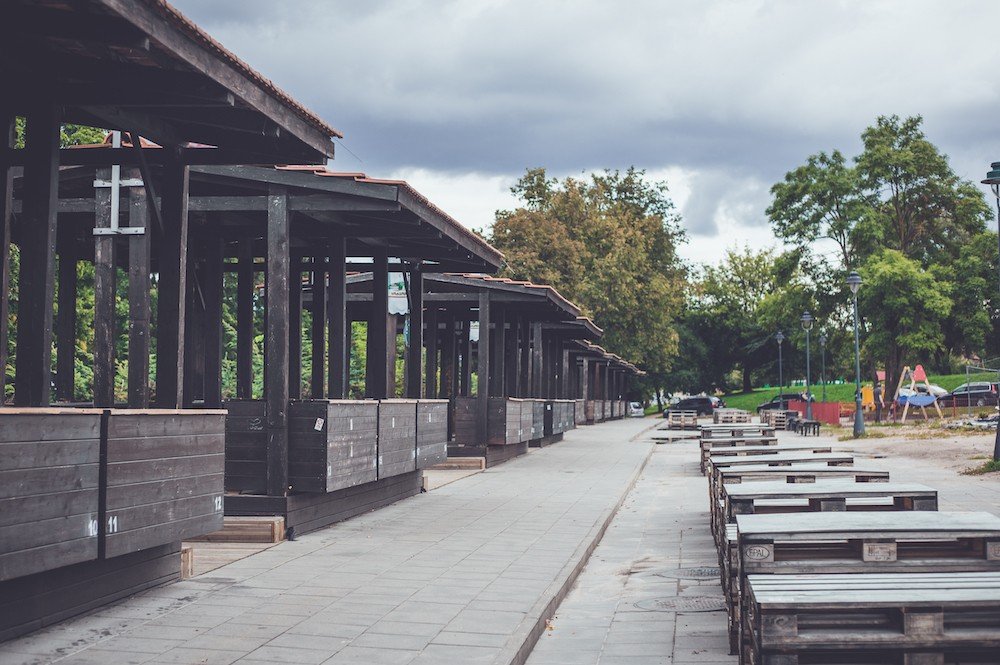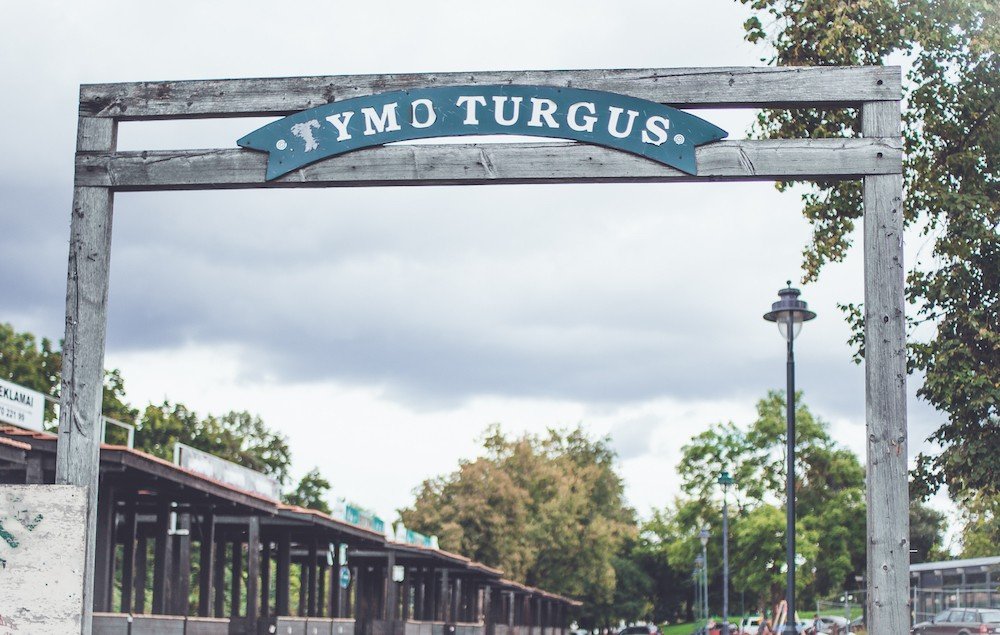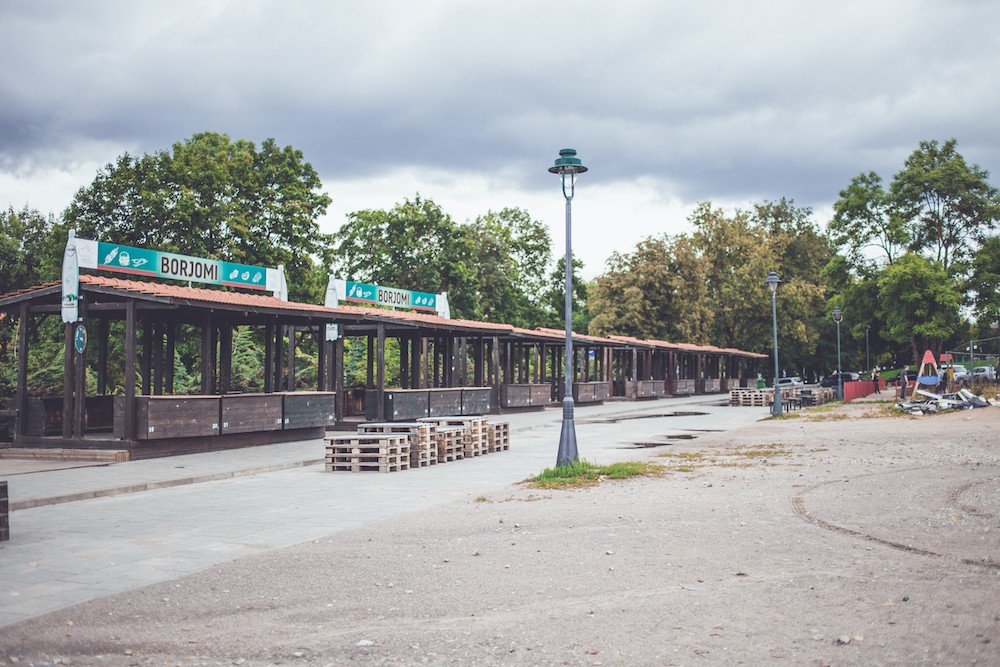The first hints about prostitution in Vilnius date back to the 1574th century. Back then, there wasn't much demand and supply. In the XNUMXth century, brothels began to multiply. Written sources record that it was difficult to find decent women in the estates at that time - everywhere was full of prostitutes, so prostitution was legalized. XNUMXth century The beginning of the castle street belonged to the bishop's chapter - there were church estates. in XNUMX one canon - the procurator of the chapter, after inspecting the house belonging to her on Pilies Street, which another canon who owned it had rented to the butcher Jakūbs, discovered that the butcher's wife had turned the chapter house into a country house. The beautiful girls she hired served the men at night. This activity was somehow stopped, and the tenants were evicted.
XVII-XVIII centuries. even women from Vilnius who had a job - seamstresses, hairdressers - became prostitutes.
In the files stored in the State Archives of Lithuania, it is stated that in 1867, 13 legal brothels owned by Jewish women operated in Vilnius, and 165 girls worked in them. At the end of the 280th century, 270 girls worked in brothels, and another XNUMX prostitutes served clients in hotels and rented apartments.
in 1843 during the outbreak of venereal diseases throughout the Russian Empire, and in Lithuania, brothels were legalized. Employees of such institutions were required to check for syphilis twice a week and pay taxes, only in this case they were given permission to work in Vilnius. Sick prostitutes were forcibly treated. Those who avoided treatment faced fines or even exile. In addition, those who contracted venereal diseases had to name the culprit. Offenders were carefully registered and their documents were confiscated. If the trader decided to move to another place out of love, she had to notify the Health Protection Committee. The rules strictly prohibited serving young people under the age of eighteen and even living in hotels, near schools and apartments where minors are located.
8th-12th centuries at the turn of the century, there were 1907-XNUMX legal brothels in Vilnius. One of the biggest and cheapest brothels at that time was in the Tymo quarter. The majority of prostitutes were here because the city government moved most of the brothels here. in XNUMX By the order of the Governor of Vilnius, eight brothels were removed from Orenburg (Švitrigaila) Street. They were allowed to be established on Tymos Street near Vilnius, near the Orthodox Cathedral of the Most Holy Mother of God. Despite the clergy's protests, the sex business expanded in this area.
"Apparently, this business was hereditary. Chaja Feigelson, the owner of the inn on Orenburg (Švitrigaila) Street, wrote with pride in her statement to the magistrate that her institution, inherited from her mother, is one of the oldest in the city. The woman asked her not to move the brothel to the outskirts of the city, because she will lose customers, so it will be difficult to support her disabled husband," said ARČaplinskas.
Unfortunately, "Madame" Chaja did not catch anything. Forced to move out of Švitrigailas street, she rented and renovated a large three-story house in Tymos quarter. Her brothel, with 20 beds, a bar and 20 serving girls, was deemed sanitary by the town doctor. The guest rooms, regardless of their class, differed greatly in terms of layout, furniture, comfort, and girls.
Between the wars, brothels on Tymos street flourished - there was a "red light" district. The so-called vigilantes, hunting for men, slowly strolled along the sidewalks. They especially preyed on military men and students. "
After the Second World War, Tym's quarter - like the biblical cities of Sodom and Gomorrah - was wiped off the face of the earth. The road built through it leads to Subačius street and Markučius.
After the Second World War, after the establishment of Soviet power in Lithuania, brothels and prostitution were banned. After the Soviet occupation, 449 prostitutes were deported.
Information prepared by: VilniusGO.lt
Mobile application "VilniusGO" introduces 300 cultural, historical and natural objects of the city of Vilnius. The app is not only limited to well-known objects, but also popularizes other equally important, but less well-known objects located further from the city center. Mobile app "VilniusGO" can download from Google Play ir iTunes.







